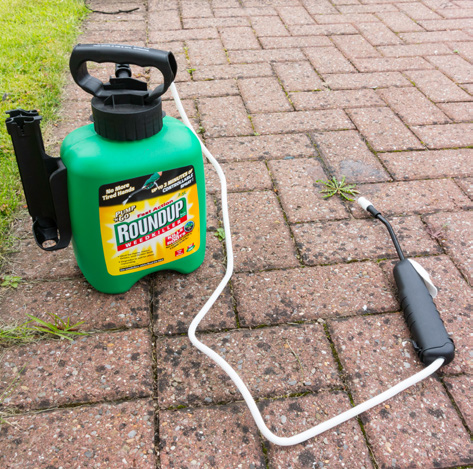The vision of driving down a country road, atop a large motorcycle, with the wind blowing through your hair is an attractive one for many people and the number of motorcycles on America’s highways is growing. Although they share the road with cars they are subject to the same traffic laws as are other vehicles. The fact is that these collisions are different, more serious and complex than a typical accident.
The Stats
In almost half of all collisions involving motorcycles, the fault lays with the driver of the other vehicle who failed to yield the right-of-way. Their small sizes also makes them more vulnerable to road hazards that even a car could pass over safely. Since motorcycles are more nimble than cars, their riders sometimes attempt unsafe maneuvers. Not only has the number of motorcycle accidents risen as a proportion of all vehicular accidents, but their drivers are much more likely to be injured or killed. According to the National Transportation Safety Board, a motorcycle rider is 18 times more likely to die in a crash than is someone in a car, and far more likely to suffer serious injuries. Some 80% of motorcycle accidents result in serious injury or death, and the fact that the motorcyclist might not have been at fault is of little comfort.
Motorcycle Accident Checklist
Call the police, an ambulance and or fire rescue immediately if necessary.
• Get the names, addresses and insurance information of the parties involved and the contact information of any witnesses.
• Write down the make, model, year and license number of the vehicles involved.
• Take pictures of the damage to your motorcycle before it is repaired along with photos of other vehicles or property involved in the accident.
• Do not make any statement about the accident to anyone but the police.
• Do not apologize or admit fault.
• Do not argue with the other driver.
• Contact our office immediately to discuss your case at:
(866) I-SUE-YOU • (866) 478-3968 • (954) 227-7529, evan@attorney4life.com
Traumatic Brain Injuries
A common kind of serious injury associated with motorcycle accidents is an injury to one’s head. Traumatic brain injuries or (T.B.I.), such as the closed head injuries that result when an impact causes the brain to hit the inside of the skull, causes over one-third of the injury deaths in The United States. Since motorcyclists are often thrown off of their bikes in a collision, such injuries are 10 times more common in accidents than in other vehicle accidents.
Safety First
Studies have shown that the number one way to prevent these serious injuries is the most obvious one- WEAR A HELMET! Motorcyclists should make sure that the helmet they choose has been approved by the Department of Transportation. If it has, it will have a sticker on it saying “DOT.” Additionally using heavy riding boots, jackets, gloves, vests and long pants at all times can help protect riders if they do crash. Motorcyclists need to take extra care when riding. They should therefore drive defensively, not exercise weaving in-and-out of traffic, traveling at excessive speeds and or changing lines without signaling. Riders need to understand the special problems that their vehicles present for others on the road, mainly that they are not always visible to the drivers of cars and trucks. Further, motorcycle safety is a two-way street. Drivers of other vehicles need to “drive aware” and keep a careful eye out for motorcycles. Riders have the right to use the same roads that car drivers do, and this right should be respected. Other vehicles should give motorcycles a wide berth— a small tap from a car bumper could be fatal to a motorcyclist!




